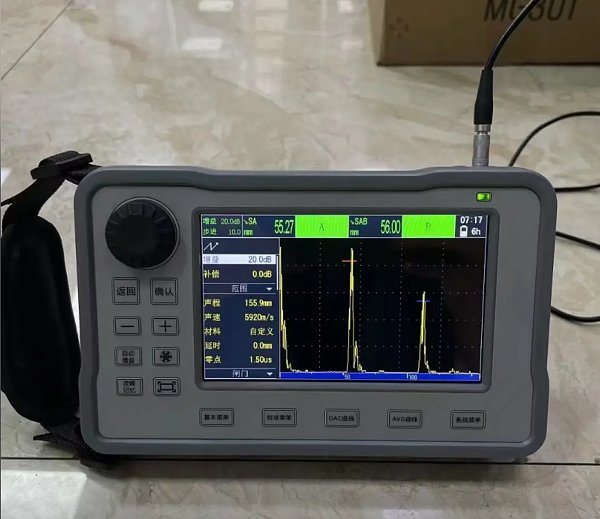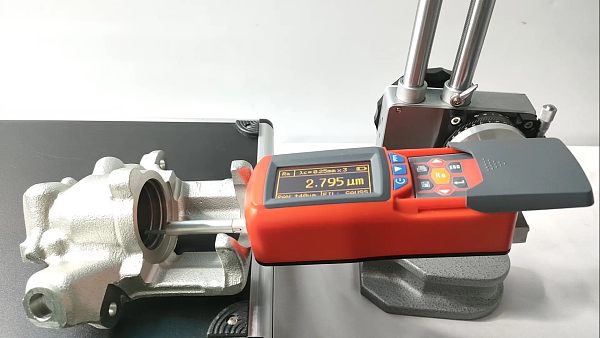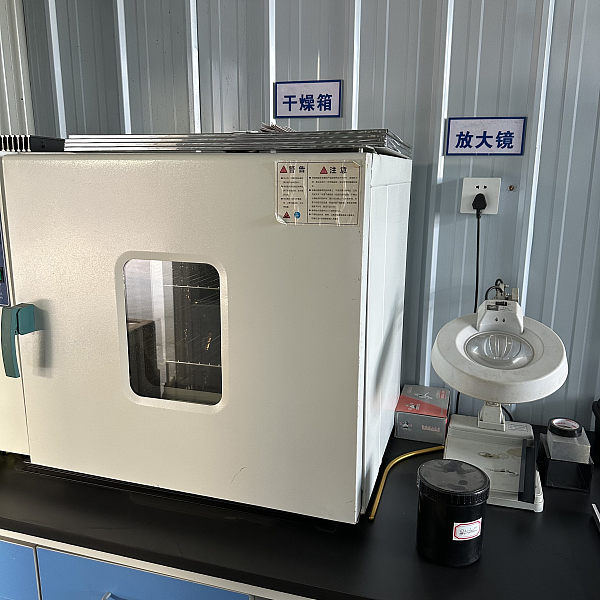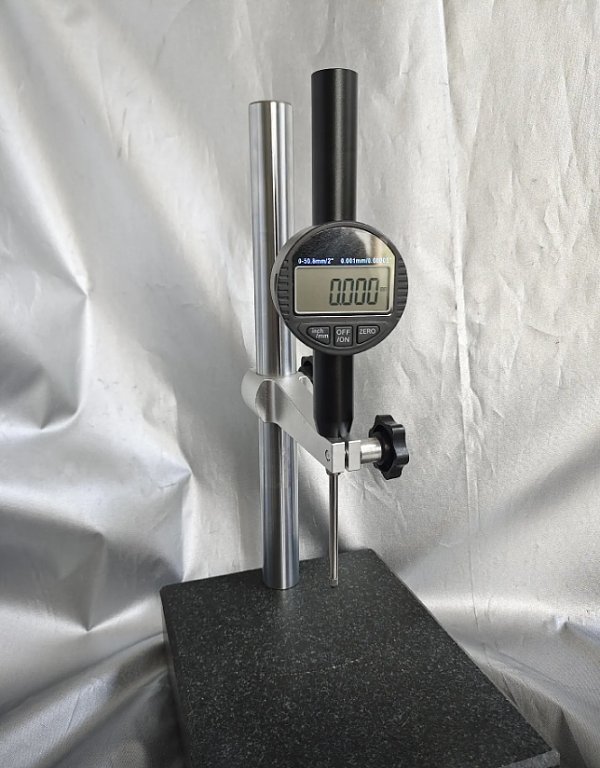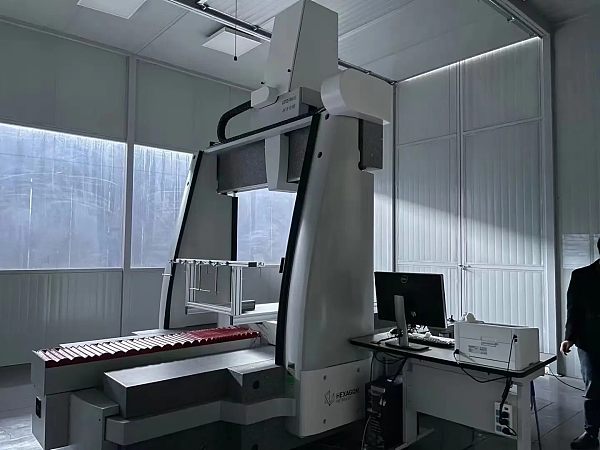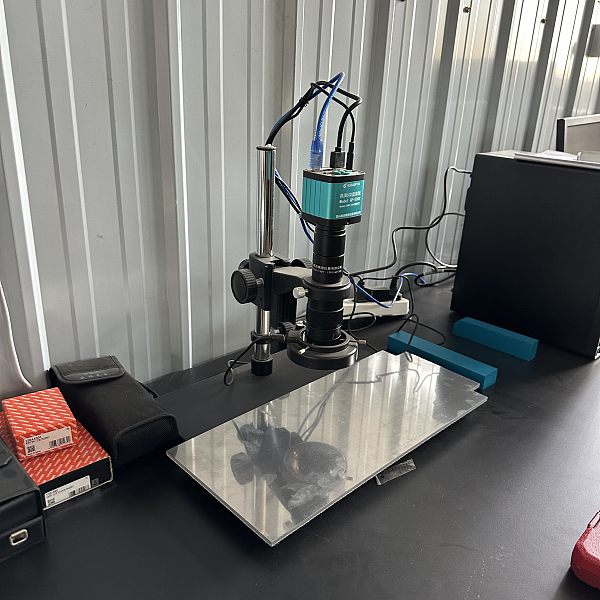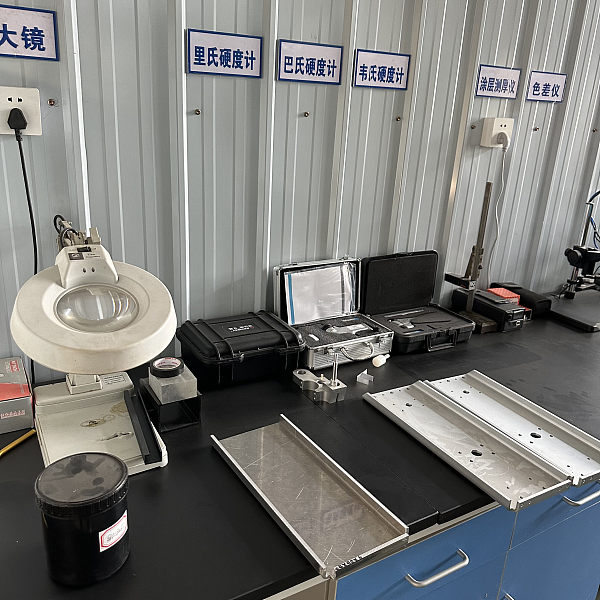For product inspection
For the prototype samples produced, we will test whether the materials, dimensions, angles, tolerances, etc. meet the requirements of the drawings.
For mass-produced products, we will strictly control the quality according to the production batches.
A. Raw material control:
Ensure that the raw materials meet the specifications and standards. This can be guaranteed through supplier management, material testing and acceptance.
B. Production process control:
1. Process standards: Develop detailed production process standards and operating procedures to ensure that each process complies with the regulations.
2. Equipment maintenance: Regularly maintain and calibrate production equipment to ensure the normal operation of the equipment and reduce quality problems caused by equipment problems.
3. Operator training: Train operators to ensure that they are familiar with production processes and quality requirements.
C. Process monitoring:
1. Real-time detection: Real-time monitoring is carried out during the production process, such as dimensional measurement, appearance inspection, etc., to promptly discover and correct problems.
2. Sampling inspection: Sampling inspection is carried out on the products produced to test their compliance and stability.
D. Quality inspection:
1. Incoming inspection: Incoming inspection of raw materials is carried out to ensure that their quality meets the requirements.
Process inspection: Regular inspections are conducted during the production process to ensure that the product meets quality standards at each stage of production.
2. Final inspection: Final inspection of finished products, including functional testing, appearance inspection, etc., to ensure that the product meets customer requirements.
E. Problem feedback and improvement:
1. Recording and analysis: Record quality problems found during the production process and analyze them to find out the root causes.
2. Continuous improvement: Based on the results of problem analysis, take improvement measures to optimize production processes and quality management processes.
3. Quality management system: Establish and maintain a quality management system, such as 1S09001, to help systematically manage quality control work.
Leave A Message
If you are interested in our products and want to know more details, please leave a message here, we will reply you as soon as we can.

